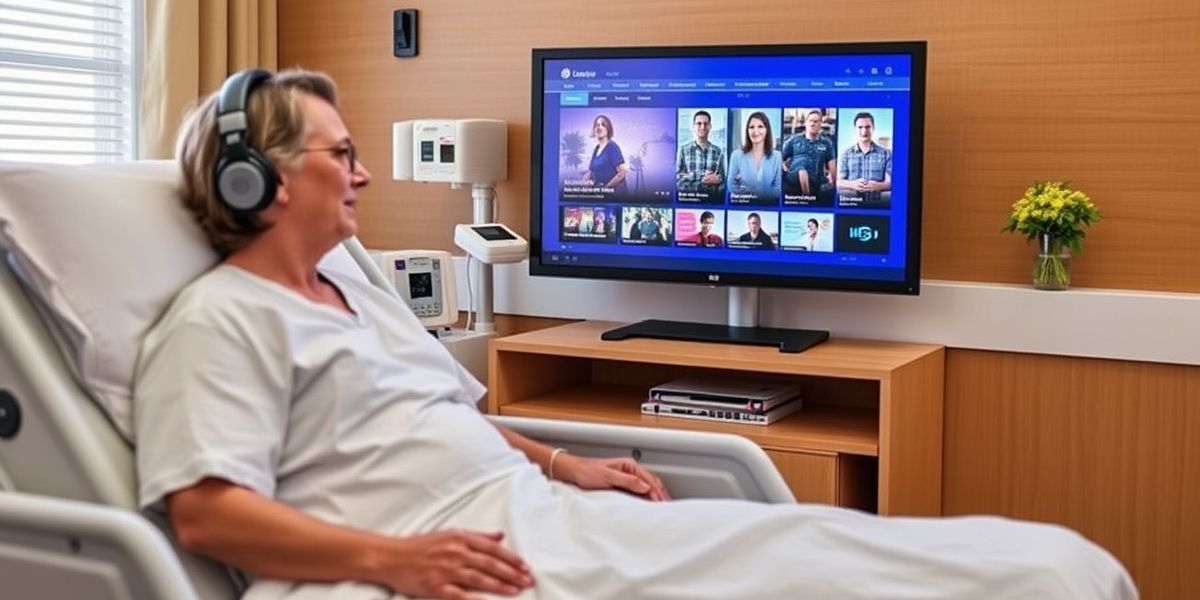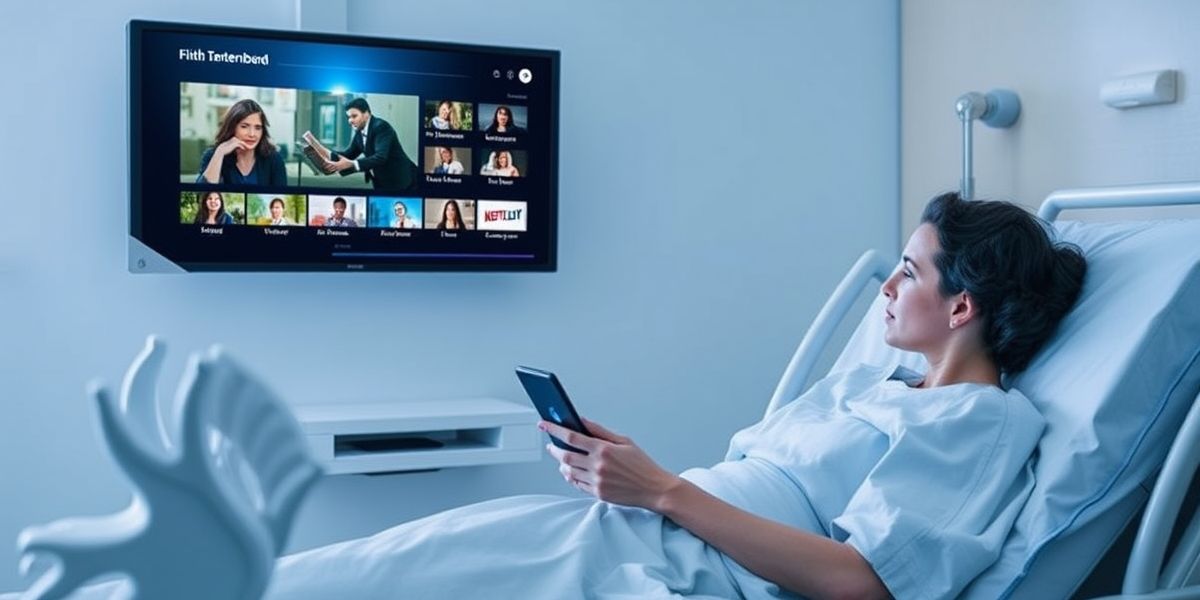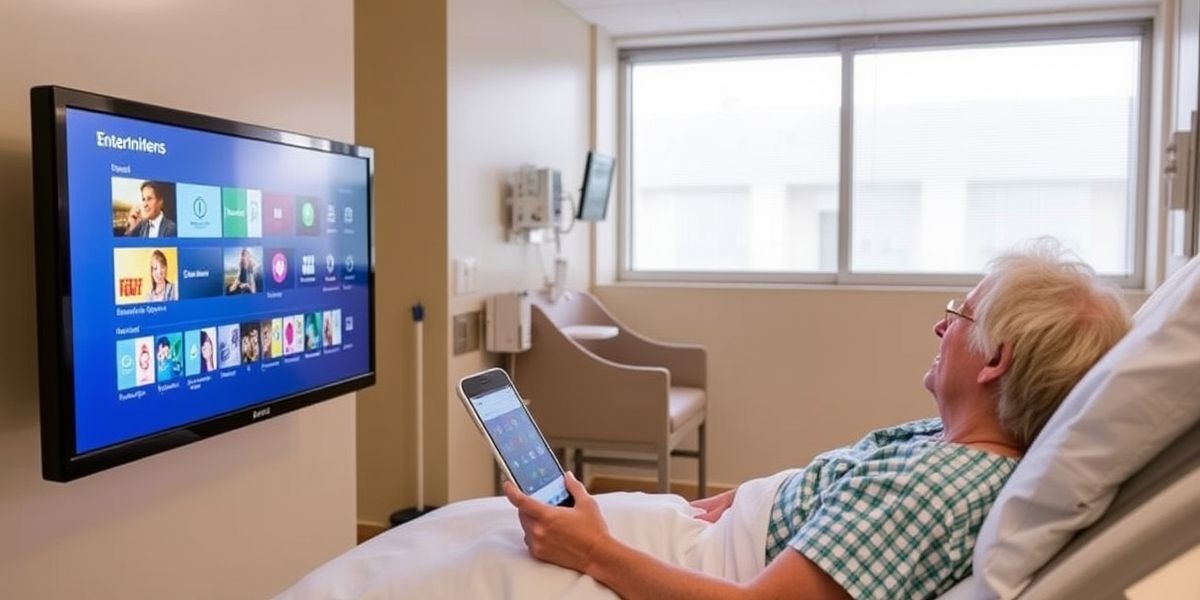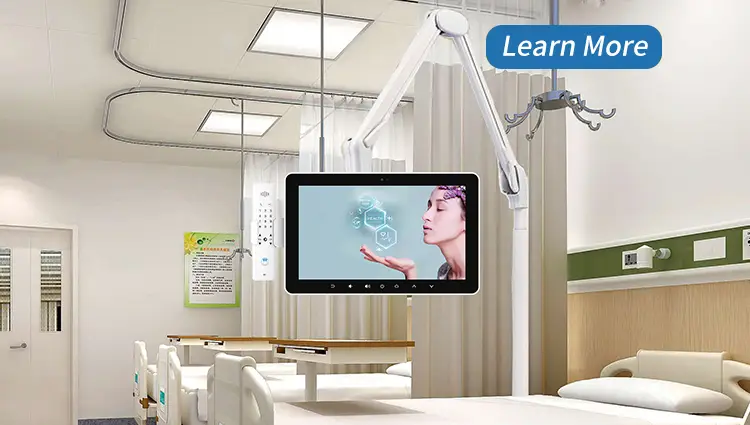In modern healthcare, patient experience is paramount. Bedside infotainment systems have emerged as a transformative solution, integrating entertainment, communication, and medical information access into a single platform. These systems not only elevate patient satisfaction but also streamline clinical workflows, resulting in improved healthcare delivery.

Comprehensive Features of Bedside Infotainment Systems
Bedside infotainment systems offer a diverse array of functionalities designed to cater to both patient and healthcare provider needs. Key features include:
- Entertainment Services: Patients can enjoy television programs, movies, music, and games, providing a welcome distraction during hospital stays.
- Communication Tools: Integrated options for phone calls, video conferencing, and messaging enable patients to maintain connections with family and friends, fostering emotional well-being.
- Internet Access: Secure browsing capabilities allow patients to stay informed, manage personal affairs, and access social media platforms.
- Patient Education: Access to tailored educational content empowers patients with information about their medical conditions, treatment plans, and medication regimens.
- Meal Ordering and Service Requests: Patients can conveniently order meals and request assistance directly through the system, enhancing service efficiency.
- Medical Records Access: Secure interfaces permit patients to view portions of their electronic health records (EHR), promoting transparency and engagement in their own care.

Advantages for Patients and Healthcare Providers
The implementation of bedside infotainment systems yields numerous benefits:
- Enhanced Patient Satisfaction: Personalized entertainment and communication options contribute to a more comfortable and enjoyable hospital experience.
- Improved Communication: Direct channels for interaction between patients and healthcare providers facilitate timely responses to patient needs and concerns.
- Patient Empowerment: Access to educational materials and personal health information encourages patients to actively participate in their care decisions.
- Operational Efficiency: Automation of routine tasks, such as meal ordering and service requests, reduces the administrative burden on nursing staff, allowing them to focus more on clinical care.
- Infection Control: By minimizing the need for physical contact and shared devices, these systems can contribute to infection prevention efforts within healthcare facilities.
Integration with Healthcare Infrastructure
Modern bedside infotainment systems are designed to seamlessly integrate with existing hospital infrastructure:
- Electronic Health Records (EHR): Integration with EHR systems enables real-time access to patient data, ensuring that information is up-to-date and readily available.
- Nurse Call Systems: Patients can request assistance directly through the infotainment interface, streamlining communication with nursing staff.
- Hospital Information Systems (HIS): Connectivity with HIS allows for efficient management of patient information, resource allocation, and service delivery.
Technological Considerations
When implementing bedside infotainment solutions, several technological factors should be considered:
- User Interface Design: Interfaces should be intuitive and accessible to patients of all ages and technological proficiencies.
- Security and Privacy: Robust security measures must be in place to protect patient data and ensure compliance with healthcare regulations.
- Scalability: Systems should be adaptable to accommodate the evolving needs of healthcare facilities and advancements in technology.
- Maintenance and Support: Ongoing technical support and regular system updates are essential to maintain optimal performance and address any issues promptly.

Future Directions
The future of bedside infotainment systems is poised for significant advancements:
- Artificial Intelligence (AI): AI integration can personalize content recommendations, predict patient needs, and enhance decision-making processes.
- Internet of Things (IoT): IoT connectivity enables real-time monitoring of patient vitals and environmental controls, contributing to a more responsive care environment.
- Telemedicine Integration: Facilitating virtual consultations directly through the infotainment system can expand access to specialist care and reduce the need for patient transfers.
- Enhanced Accessibility Features: Developing features that cater to patients with disabilities ensures inclusivity and equal access to services.
Conclusion
Bedside infotainment systems represent a significant advancement in patient-centered care, offering a multifaceted platform that enhances the hospital experience, empowers patients, and optimizes healthcare delivery. As technology continues to evolve, these systems will play an increasingly vital role in shaping the future of healthcare environments.

